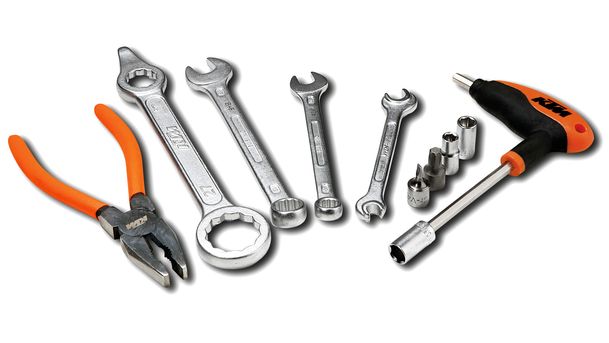- QATestLab Blog >
- QA Basics >
- Why not to Rely on Tools during Accessibility Testing
Why not to Rely on Tools during Accessibility Testing

April 05
07:42
2016
by Nataliia Vasylyna Print This Article
A good software tester always uses certain instruments to improve and streamline the testing process. The whole idea of automated testing arose from the usage of tools during software product testing.
Various auxiliary tools are also widely used in functional testing, load testing, security testing, performance testing, etc. Yet there is a type of testing where irrational usage of tools can be critical. This type is called accessibility testing.
What Are the Reasons Not to Overuse Tools during Accessibility Testing?
- Some websites simply don’t allow the usage of validating tools. It can be a big problem, if a tester is accustomed to work only with tools and has limited experience in manual testing.
- Validating tools often have the following problem: they throw an error about duplicated variables even if a duplicate can only be found in comments to those variables.
- Different validating tools indicate different errors. It is not easy to understand which of them are actual errors.
- The tools tend to indicate multiple errors, but further manual checking often shows that far from all of them can be considered as real bugs. It takes a lot of time and effort to check all indicated errors, and the results can be disappointing.
Tools are really helpful both for beginners and experienced testers. In a limited way, they can be used during accessibility testing. The main rule here is not to rely on tools completely and always accompany their usage with manual testing.
Learn more from QATestLab
Related Posts:
- Everything You Should Know About Accessibility Testing
- E-Show Madrid 2025: Accessibility as a Key Challenge
- Automation, AI Testing, and Accessibility: Key Trends from VDS 2025
Article "tagged" as:
Categories:







No Comments Yet!
You can be the one to start a conversation.